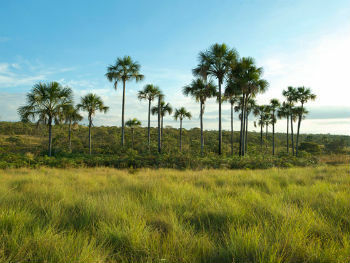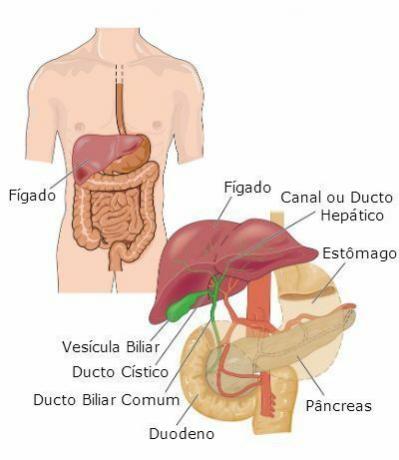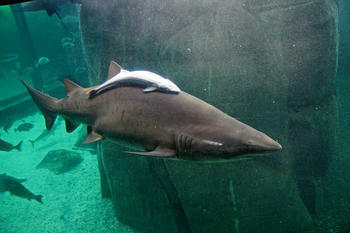the biome thick it is considered the second largest Brazilian biome in size and the richest savanna in the world in terms of biodiversity.
Location of the Brazilian Cerrado
The Brazilian Cerrado covers the states: Amapá, Maranhão, Piauí, Rondônia, Federal District, Goiás, Mato Grosso, Mato Grosso do Sul, Minas Gerais, São Paulo, Tocantins, Bahia.
It is located in three of the largest hydrographic basins in South America (Tocantins-Araguaia, São Francisco and Prata) which, in a way, favors its biodiversity.
Climate and Vegetation
The predominant climate in the cerrado is tropical seasonal characterized by a hot climate with rainy and dry periods.
The vegetation is, for the most part, similar to that of savanna, with short, sparse trees, twisted trunks, thick leaves and long roots; grasses and bushes.
 Cerrado image
Cerrado image
Because it is very extensive, the cerrado, depending on its location, presents changes in its ecosystem. In this case, the ecosystems present in the cerrado can be classified as:
- Cerradão
- countryside savanna
- rupestrian savanna
- typical savanna
- closed field
- clean savanna field
- bushland
- savanna of floodplains
- Cerrado paths.
Flora and Fauna of the Cerrado
The Cerrado is considered the largest savanna in the world in biodiversity and comprises a large part of the Brazilian territory, an area of 2 million km².
Therefore, the cerrado and the ecosystems that compose it have a rich fauna and flora, being the habitat of many species of animals. This is also one of the reasons why this biome is one of the most affected by animal trafficking.
Examples of animals from the cerrado
Boa, rattlesnake, jararaca, tegu lizard, rhea, seriema, curicaca, common vulture, hunting vulture, king vulture, macaw, toucan, parrots, hawks, giant armadillo, chicken armadillo, giant armadillo, soft-tailed armadillo, tapir, otter, skunk, deer, jaguar, cavy, vinegar dog, Guara wolf, otter, giant anteater, anteater, haystack, buckskin deer, wild dog, capuchin monkey, coati, collared peccary, peccary, porcupine, capybara, tapiti, skunk.
With approximately 10,000 different species in the flora present in the cerrado, there are: babassu, murici, mangaba, pequi, buriti, cagaita, baru, jerivá, gueroba, jatobá, macaúba, cajuzinho-do-cerrado, barbatimão, pau-santo, gabiroba, pequizeiro, araçá, sucupira, pau-terra, catuaba, indaiá, arrowgrass, woods ciliary
Cerrado deforestation
Despite having a rich biodiversity, this biome has been suffering a lot from the logging, mainly caused by agriculture.
Today, the biome conserves only 20% of its total area, undergoing a major process of decharacterization, that is, occupied by large cattle pastures and extensive plantations of soybeans, cotton, cane, eucalyptus.
In addition, a large part of the cerrado has already been destroyed by the unbridled urbanization process.
Deforestation and illegal hunting, smuggling of species and burned, threaten the habitat of many species, thus leading to their extinction.
Endangered animals in the Cerrado biome
Tapir, capybara, Jaguar, puma, cavy, paca, Ocelot, wild dog, calango, sloth, tegu, peccary, opossum, otter, armadillo ball, giant armadillo, giant anteater, snakes (rattlesnake, true and false coral, jararaca, vine, boa constrictor), peccary, howler monkey .
Curiosity
Cerrado Day is celebrated on September 11th
See more:
- What is a biome?
- Brazilian Biomes
- Vegetation of Brazil
Learn more about the cerrados and other Brazilian biomes:
Test your knowledge withExercises on Brazilian Biomes.


